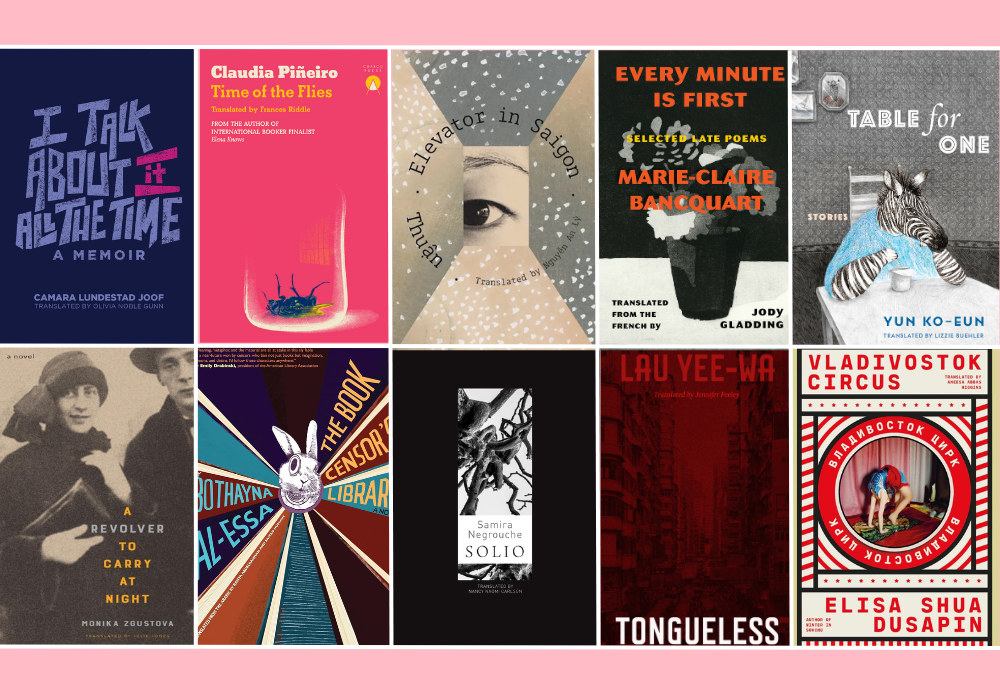This selection of writings is by no means or intention a full and general picture of Vietnamese literature. The reading choice returns/moves toward the presences, the ruins, and the enduring silences of writers-in-between, the hyphenated writers, the writers who hide themselves, the writers of unshareable struggles. The past, the present of the past, the present. North, South, the North in South, the South in North. Inside and outside. Here and there. Vietnamese and English. The fallen and the risen. The stopped and the continuing. The staying and the leaving and the returning. The life and the death. A stirring to erase the binaries of underground-surface, official-unofficial, male-female, young-old. A condition of the dropped context. A latent resistance to the fear of uprooting from a context and the uncertainty of all contexts.
Silence, among Vietnamese authors, seems to have become a compelling tradition, a seduction, even a kind of ritual of self-discipline: who can stay silent the longest? But writing has proceeded to overcome the prison of space-time, resisted its imagined fate. Those who have completed the journey. Those who are still fatigued. The should-have-been-writers. Those who write without the toil of lifting an utterance. It would seem that all are excellent in their abilities of silence, in accepting to exile themselves with an unchosen silence.
And so, like the life of much literature consumed (by whom?) in silence, Vietnamese literature often relies on reader-companions: those who keep hold of the books in cataclysm, those publishing ventures that give enduring and hidden beauties, those translators who preserve through releasing new lives. I have the vague revelation of Vietnamese literature’s physical body with its broken fragments preserved through their wandering. Translation is a wandering, is wandering together. Those who have written—who have been silent—who are writing—continue to translate themselves and be translated inside their readers, even after death has finished the body, even when the books have been ground to dust, with the voices, the dreams, the delusions all torn to shreds, to be able to transform and imagine the adventures inside an “endless universe.”
Trần Dần‘s novel Những ngã tư và những cột đèn (Crossroads and lampposts) was written in 1966, with the book living in exile and lying in dust for forty-four years until its first appearance in 2010. Một giấc mơ (A dream) by Dương Nghiễm Mậu, a Northern-born writer who moved South in 1954 and quietly lived the rest of his life there after 1975, was written in 1962, first published in the South in 1966; and only now, in 2018, can the book quietly return to another life, after the writer has passed on from this one. The newborn of Trần Thị NgH’s first collection was halted halfway in its upbringing by the fall of Saigon, then republished outside of Vietnam after decades and reappeared only recently inside the country. Bùi Ngọc Tấn‘s books were ground to powder by the government, and still his love for life and his writings endure. And the younger ones, Đinh Trường Chinh, P.K., Pháp Hoan, Nguyễn Hoàng Quyên, drift more or less calmly between places and languages where nowhere is their home. Each writer bears a weighty history, of the country and of their own. Their writings now uttered, their tongues now untied, their lives might remain quiet.
The questions and the vulnerable mình//bodies exposed here across these pages: for what reason do we continue to bear our human body/fate in this devastating life, when the ghost of the war is always there, when solitude and separation are unavoidable? Is there a place to be shared among uprooted beings? Can love and joined bodies resist the destruction of time, age, fate, and death? Can “the speaking feet” hold the memory of our lives in the end-stopped journey, to transcend to an “endless universe”?
One persistent debt that in no way can be paid in the lurching of my reading: What Vietnamese literature do I read? Who is reading Vietnamese literature? Reading to understand. Reading to never be able to understand. Reading to escape. Reading to never be able to escape. An endless process of translation and retranslation. Reading as a person inside, and at the same time, with translators, as those always outside a language, an utterance, a people, an earthwater, a frame of circumstances. Those who are outside while being inside and those who are inside while being from outside meet each other at a fragile point: Vietnamese.
In the terms of a translation, perhaps holding to the images of inside and outside does not serve so well, in this century of diasporas and transnationalisms, where movements of bodies continue to disrupt any possible settling of context inside and outside of which I may call myself. For those on the inside (of a literature, of a language) can always be more deeply inside, while those outside have no idea how much more outside they could be. The translation wanders with, not necessarily into, not necessarily across, not necessarily toward, and in its wandering creates a possibility of reading that can fall into step with the moving bodies of the world. And so the questions of how to read, how to read a translation, how to read Vietnamese literature in translation pose alternate chances for engaging in the contextualized decontextualization of the between.
An abyss opens, there are some ones who together look down into the immensity.
© 2018 by Nhã Thuyên and Kaitlin Rees. By arrangement with the authors. All rights reserved.









